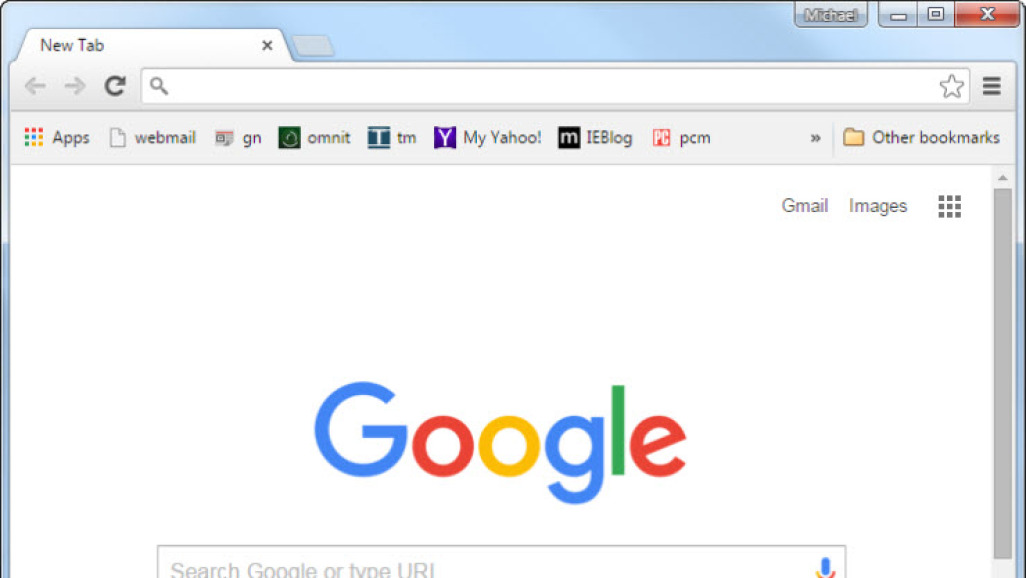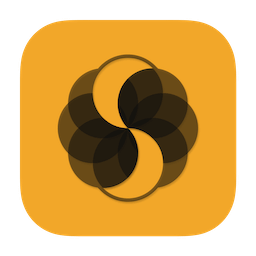
- #Sql server mac download for mac#
- #Sql server mac download install#
- #Sql server mac download code#
- #Sql server mac download password#
Once you have an account and have acquired the Docker image, let's head back to Terminal and play with getting a Docker container up and running. You need to set up a Docker account and "buy" a free copy of SQL Server 2017 Developer Edition. I haven't been through all of these steps yet, but Brent Ozar ( told me that this is the process. Since the official release of SQL Server 2017, the process has changed a bit.

So click on the whale, go to Preferences, and increase the memory (I recommend 4 GB at a minimum, but if you can afford more, go for it). To run SQL Server inside of a Docker container, you must have at least 3.25 GB allocated (Docker defaults to 2 GB, and if you leave this setting, SQL Server won't run). Then Docker will be up in your menubar - it’s a whale, but definitely not the fail whale.
#Sql server mac download password#
You'll have a series of prompts, including one to enter your administrator password to let the application fiddle with your network settings. Then go to the Applications folder and double-click Docker.app. It's pretty simple you just drag Docker.app into your Applications folder (there's even a helpful visual guide). I used the stable release, but feel free to use the beta channel and live on the edge. Hit Enter, and you should see this option available in the extensions sidebar (in addition to an earlier, pre-pre-release version you should ignore):Ĭlick Install, and restart VS Code. Then you can just accept the license terms from the command line: It is not entirely obvious when installation has finished I kept coming back to the App Store and waiting for that button to cycle through DOWNLOADING, INSTALLING, and when it is installed, OPEN. You don't have to ever actually open Xcode, but Homebrew does require that you accept the license terms. Just search the App Store for Xcode, and click GET (if it says OPEN, you already have it). First.Īs I mentioned, you don't strictly need Xcode to get the command line tools installed, but it's a pretty painless way to do it. We'll work backwards through that list before moving on to Docker.
#Sql server mac download install#
For this we'll install Xcode, though if you prefer, there are ways to avoid that. In order to install Homebrew, you'll need Apple's command line tools.The easiest way I've found to install OpenSSL is using the package manager Homebrew, though if you search you can find more tedious and elaborate ways.
#Sql server mac download code#
In order for VS Code on the Mac to connect to SQL Server (on a Linux VM, in a Docker container, and possibly elsewhere), you need a current version of OpenSSL.The largest chunk of time I spent in this process was discovering the dependency chain to get this all running smoothly. Including a future version of myself, should I need to do it again. So far I've talked to two people who got stuck somewhere in this process during the private preview, and hopefully this helps serve as a rudimentary step-by-step tutorial - if not for the whole thing for all of the people, maybe at least for some of the parts for some of the people. But rather because it was both interesting and satisfying to get up and running, and there were a few challenges along the way. I'm writing about this not because I expect a lot of people to intentionally use this exact stack for full-time development, or because I feel it is some kind of Utopian goal to develop without Windows (or without any virtualization at all).



#Sql server mac download for mac#
virtual machines: What’s the difference?)Īlso, this is about using the free and open source version of Visual Studio Code, not the full-blown Visual Studio for Mac that was announced today at Connect() // 2016. (If you want a deeper answer from someone with more relevant experience than myself, see Docker containers vs. I am anticipating one of the questions that will come up is, "Why a container?" A container is essentially just a more lightweight way to virtualize, and after fighting with several Ubuntu installations under Parallels, I decided to give it a try. After the release of the first public CTP of SQL Server v.Next for both Windows and Linux, I thought I would share how I set up a coding environment without Windows - Visual Studio Code, running on my Mac, connecting to SQL Server v.Next on Ubuntu, hosted within a Docker container.


 0 kommentar(er)
0 kommentar(er)
